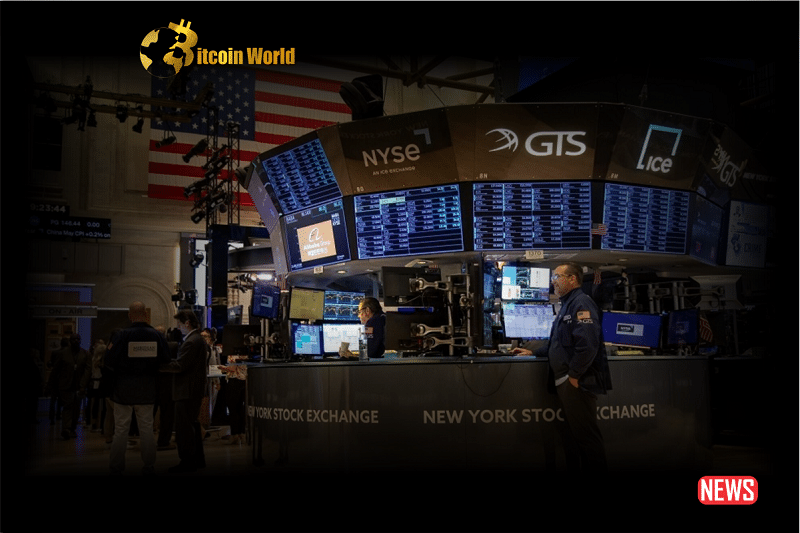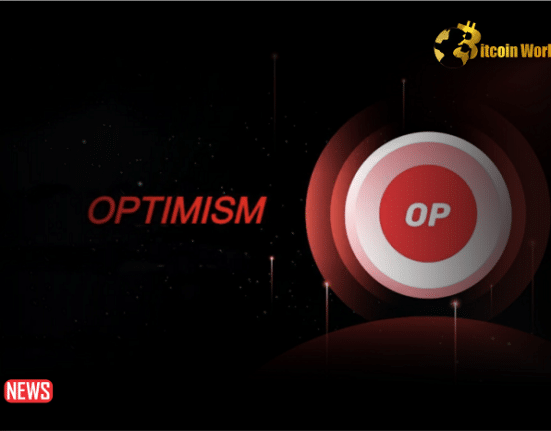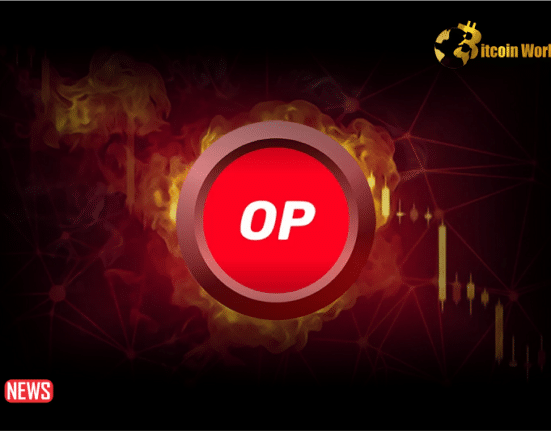Shift in Contrarian Indicators Triggers Concerns for U.S. Stocks
According to investors, several indicators that pointed to a positive outlook for U.S. stocks earlier this year have shifted to a more neutral stance, potentially making equities vulnerable to turbulence from a recent surge in bond yields and concerns over China’s economy.
At the beginning of the year, measures such as stock positioning and cash allocations showed extreme bearishness. Investors’ grim outlook followed a harsh selloff in 2022, with expectations of a recession in the latter half of this year. However, signs of a resilient economy and cooling inflation encouraged investors to re-enter the market, leading to a nearly 14% rise in the S&P 500 this year.
“Strong tailwind” from bearish positioning boosted risk assets in the first half of 2023, but that’s “not the case” for the second half, strategists at BofA Global Research wrote in a report this week.
The bank’s survey of fund managers revealed cash allocations dropped to 4.8% in August, the lowest level in 21 months, shifting its “cash rule” indicator to “neutral.” Bearishness among retail investors is now at half the levels seen in September 2022, according to the AAII Sentiment Survey.
Fed Symposium and Earnings Reports Awaited Amid Volatile Markets
Investors eagerly await the Federal Reserve’s annual symposium in Jackson Hole, Wyoming, for further insight into the central bank’s interest rate plans. The surge of optimism that fueled stocks is being tested, and investors are watching to see whether market declines present a buying opportunity or a signal to sell stocks.
The S&P 500 has dipped more than 5% from its intra-day high in late July, while yields on the U.S. 10-year Treasury hit their highest since October. U.S. real yields, which show earnings on Treasuries adjusted for inflation, are near their highest since 2009. High Treasury yields, viewed as virtually risk-free, make stocks less appealing to investors, especially as equity valuations are high by historical standards.
Adding to the worries, China’s property crisis worsened after embattled developer China Evergrande Group filed for U.S. bankruptcy protection this week. “The market is particularly vulnerable right now,” stated Quincy Krosby, chief global strategist at LPL Financial, citing concerns over the Chinese property sector and bond yield surge.
Krosby expects stock market volatility to continue until companies announce third-quarter earnings in October. Investors may allocate more cash to stocks later this year if the market stabilizes.
While optimism has grown, it’s not extreme, and cash levels are far from historical lows. Bullish investors are encouraged by signs that the U.S. economy will likely avoid recession this year as inflation cools and the Fed is unlikely to raise rates much further.
“The market, if anything, might not be bullish enough in the short to medium term,” said Steve Chiavarone, senior portfolio manager at Federated Hermes. His firm’s research shows the S&P 500 historically gains an average of 14% during pauses in Fed tightening.
“The time to get bearish is not today,” he concluded.














